A Writer’s Toolkit — Editing posts
Editing posts with tips on editing of technical and scientific documents. These resources are for writers and editors.
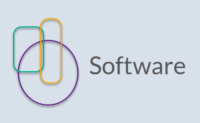
Time-saving consistency tools for writers and editors
Be consistent! Consistency is an often overlooked part of editing. Yet, by being consistent, your documents will be much easier to read and understand. Consistent documents also look and feel much more professional. My two favourite consistency tools are PerfectIt and Endnote. These software tools have saved me a lot ...

The Australian manual of scientific style (AMOSS)
Whether you are a scientist writing journal articles or an editor working on scientific documents, I can strongly recommend the Australian manual of scientific style (AMOSS). This great resource can answer many of your questions about scientific writing style, language and editorial consistency. It also has special sections that focus ...
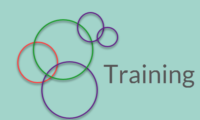
Introduction to PerfectIt online course
I recently wrote about my favourite editing tool, PerfectIt, a software add-on to Ms Word. Just this month, my friend and colleague Hilary Cadman from CadmanTraining has launched her Introduction to PerfectIt online course. If you are interested in PerfectIt, but feel reluctant to learn yet another program, this course ...

PerfectIt for writers and editors
Of the many proofreading aids for writers and editors, PerfectIt is my favourite. It is a Microsoft Word add-on program that will find many of the inconsistencies you have inadvertently left in your document. Here are some examples of the things it will find in your document:
- inconsistent spelling ...

Lists — how and when to use them
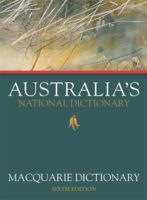
‘Macquarie Dictionary’
I use and recommend the Macquarie Dictionary for spelling. The Australian Government and universities consider this work the authoritative source on Australian English. By using this work as your spelling standard, you adopt a consistent strategy, which readers will respect. Usage of the Macquarie Dictionary The Macquarie Dictionary is available ...
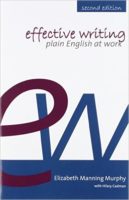
‘Effective writing — Plain English at work’ by Elizabeth Manning Murphy and Hilary Cadman
This is an excellent book for writers who want to improve or refresh their skills of effective writing. When I was doing my online editing course many years ago, I used the first edition of this book extensively. It has excellent examples and many exercises to test yourself. I still ...
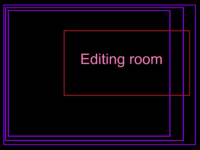
Great tips to edit your own writing
It is not easy to edit your own writing. You become so closely involved with providing content that taking a reader's perspective becomes very hard. However, there are many copyediting tasks that a writer can do at any stage of the editing process. Here are my top-ten tips to edit ...
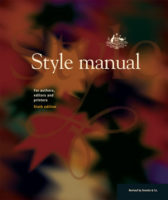
‘Style manual for authors, editors and printers’ by DCITA, 6th edition
Most departments of the Australian Government use the Style Manual for Authors, Editors and Printers as their style guide. Many other organisations also use it. It covers the planning process, writing and editing, design, illustration usage, the legal aspects of publishing, and final product evaluation. I have found the writing ...

